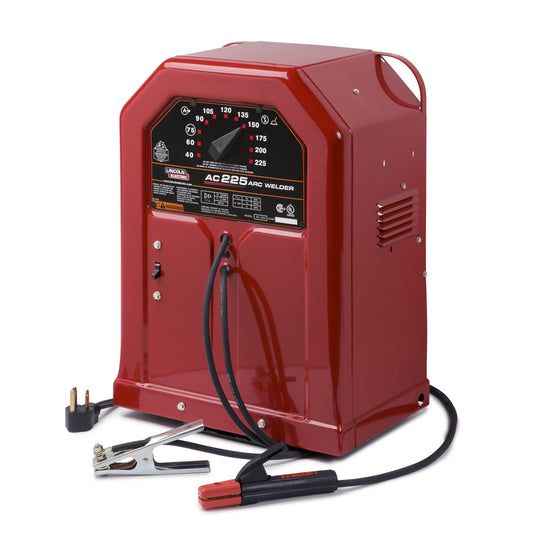A fillet weld typically can be found between two perpendicular pieces of metal. In order for your fillet weld to fit properly it should be the same size as that of the thinnest piece of metal in the weld joint. To correctly measure your fillet weld you should first determine if the fillet weld is convex or concave. It is easy to spot the difference between the two because a concave weld is lower in the middle and higher on the sides while a convex weld is the opposite with the center of the fillet weld being the highest point of the weld. It is recommended that you use a fillet weld gauge to measure the thickness of the fillet weld.
- The first step in measuring a fillet weld is to determine the thickness of the pieces of metal being joined by the fillet weld. To do this you will place the metal gauge onto each piece of metal to determine thickness. You should then use the thickness size of the thinnest piece of metal to determine the fillet weld size. An example of this process would be if one of the pieces of metal you’ll be welding is 10 gauge and the other piece is a 1/4 inch plate then the fillet weld you use should be no smaller than 1/8 inch in thickness.
- Next you will want to examine the weld to see if the throat of the fillet weld is convex or concave in nature. The throat of the fillet weld refers to the face of the weld which faces out from the weld joint. Using the notched end of the fillet weld gauge you will determine the correct throat width of the fillet weld. It is important that the throat of the fillet touch the entire area in the fillet weld gauge to determine the correct size needed.
- Now your next step will be to slide the fillet weld gauge along one side of the metal entering the weld. In order for the fillet weld gauge to pass, the side of the fillet weld must touch the height notch. To insure that your fillet weld is correct you should also place the fillet weld gauge on the opposite side of the fillet weld as well.
- If the weld is larger than the smallest fillet weld size you should use a larger fillet weld gauge to find the correct size. You should increase the size of the gauge until the fillet weld fills the notch in the fillet weld gauge completely. This is the correct size of weld fillet that you will need to complete the weld.
- Finally, after determining the size of the weld fillet you will want to mark the correct size onto one of the pieces of metal that are coming into the weld joint with a permanent marker. Once you have completed these steps you are ready to weld.





